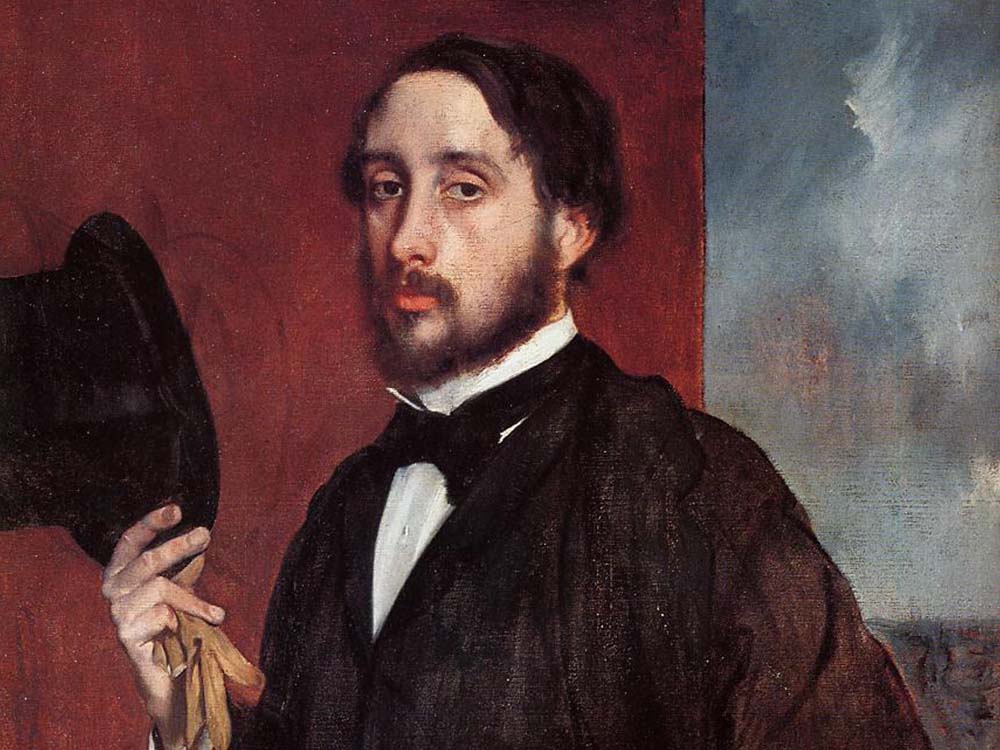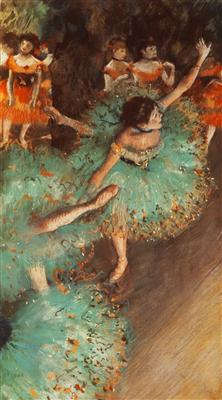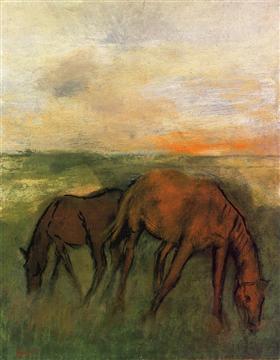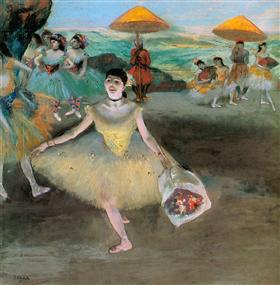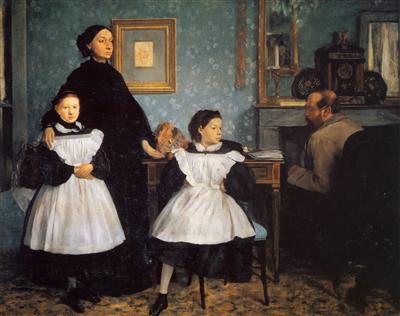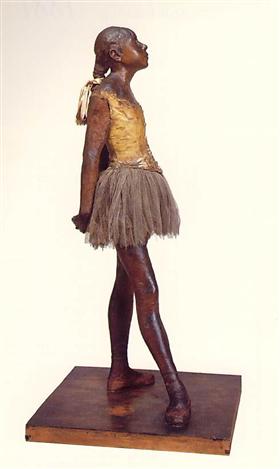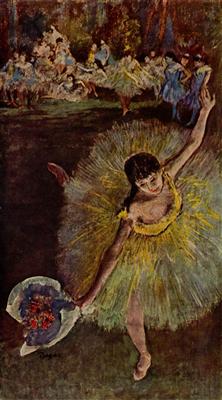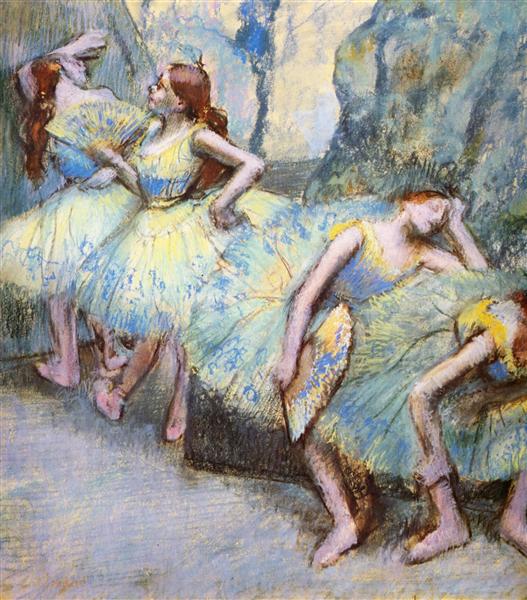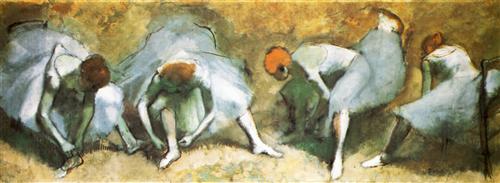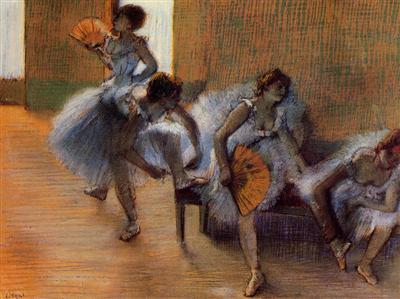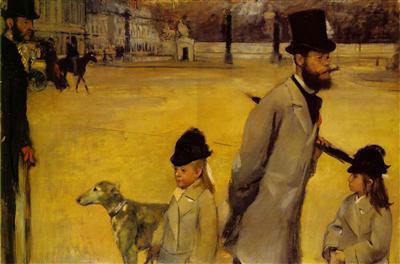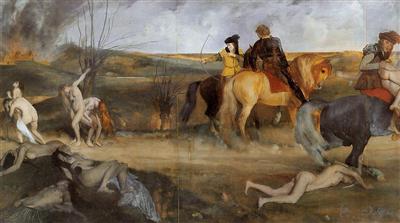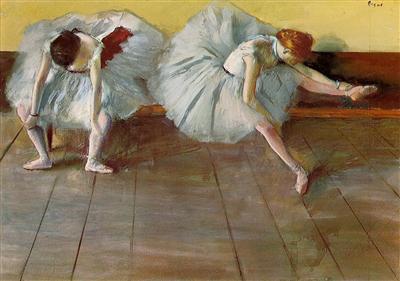1. Who was Edgar Degas?
Edgar Degas was a French artist known for his paintings, sculptures, and drawings of dancers, horses, and everyday life in 19th-century Paris. He was a key figure in the Impressionist movement, which focused on capturing the fleeting moments and atmospheric effects of modern life.
2. How did Degas get into art?
Degas was born into an affluent family in 1834 and was initially destined for a career in law. However, he had a passion for art from a young age and eventually convinced his father to let him pursue it. Degas received formal training at the École des Beaux-Arts in Paris and went on to study with some of the leading artists of the time, including Jean-Auguste-Dominique Ingres.
3. What made Degas’s art unique?
Degas is known for his innovative compositions and ability to capture movement and emotion in his figures. He was particularly interested in depicting the human form in motion, and many of his most famous works feature dancers and athletes. Degas was also an expert draftsman and used his skills to create highly detailed and expressive drawings.
4. What was Degas’s relationship with the Impressionists?
Degas was a key member of the Impressionist movement and participated in all but one of the Impressionist exhibitions between 1874 and 1886. However, he did not fully align with the other Impressionists and preferred to be known as a “realist.” Degas believed that art should be grounded in reality and was critical of some of the more experimental techniques used by his fellow Impressionists.
5. What was Degas’s most famous work?
Degas is perhaps best known for his paintings of dancers, and one of his most famous works is “The Little Dancer of Fourteen Years.” This sculpture, which depicts a young dancer in a tutu and ballet slippers, was originally made of wax and later cast in bronze. It was met with controversy when it was first exhibited because of its lifelike qualities and the fact that it was dressed in real clothing.
6. How did Degas’s art evolve over time?
Degas’s art changed and evolved throughout his career. In the early years, he focused on traditional subjects like historical and mythological scenes. Although, as he became more interested in capturing the modern world, he turned to subjects like dancers, horses, and everyday people. Degas also experimented with different mediums and techniques, including pastels, monotypes, and sculpture.
7. What was Degas’s personal life like?
Degas was a private person and not much is known about his personal life. Degas, believed that “the artist must live alone, and his private life must remain unknown” He was close to his family and often used them as subjects in his artwork. Degas also had a close friendship with the artist Mary Cassatt, who was one of the few women to participate in the Impressionist exhibitions.
8. What impact did Degas have on the art world?
Degas was a highly influential artist who contributed to the development of both Impressionism and modern art. His innovative compositions and ability to capture movement and emotion have inspired generations of artists. Degas’s works are also notable for their technical skill and attention to detail, which has made them highly prized by collectors.
9. Where can I see Degas’s art today?
Degas’s art can be found in museums and galleries around the world. Some of the most famous collections of Degas’s work are at the Musée d’Orsay. He created 626 artworks in his lifetime, so you’re bound to find something you fancy.
10. Did Degas only focus on traditional subjects in his early career?
While Degas did initially focus on more traditional subjects like historical and mythological scenes in his early career, he also explored more modern subjects like everyday life and contemporary events. One of his earliest major works, “Scene of War in the Middle Ages,” was a large painting that depicted a medieval battle scene.
Nonetheless, even in these early works, Degas’s attention to detail and his ability to capture movement and emotion were already evident. As he continued to develop as an artist, Degas became more interested in capturing the modern world and turned to subjects like dancers, horses, and everyday people.
Looking to explore more art genres? Head over to JoeLatimer.com for a multidisciplinary, visually stunning experience.
Enjoy this blog? Please help spread the word via:


